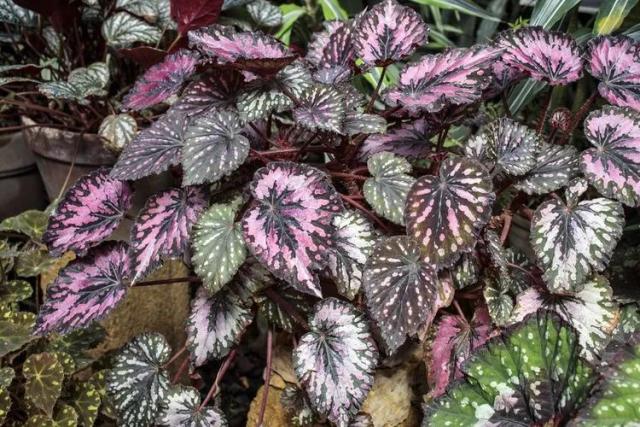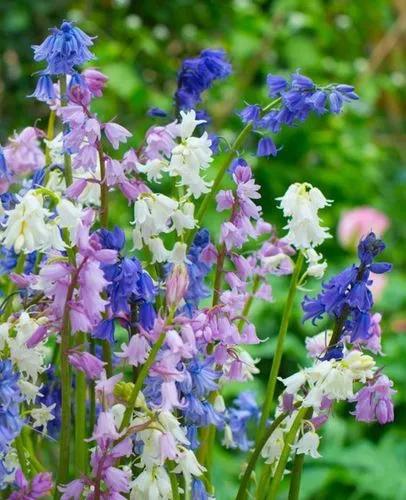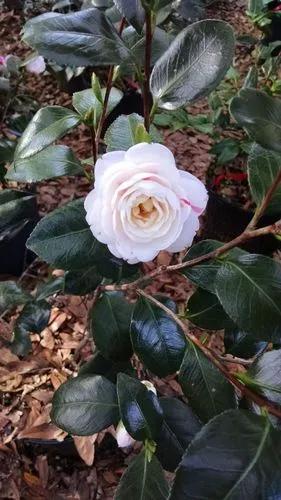Crassothonna capensis, also known as little pickles, ruby necklace, Cape aster, Cape Othonna, and Bobbejaankool, is a species of the genus Crassothonna previously in the family Asteraceae, and is a native of the Eastern Cape of South Africa. It is a native highveld species that originates from the southern Drakensberg region.
Lillte Pickles Care
Othonna Capensis



How to Care for the Plant

Water

Othonna capensis “Little Pickles” has typical watering needs for a succulent. It's best to use the “soak and dry” method, and allow the soil to dry out completely between waterings.

Fertilizer

Feed every two to three weeks during spring and summer using a diluted solution of water-soluble fertilizer or a product formulated specifically for cactus and succulents.

Sunlight

Sun/Part Shade.

Soil

An ideal soil would be made up of 45% minerals (sand, clay, silt), 5 % organic (plant and animal) material, 25% air and 25% water. The mineral portion would be loam (20 – 30% clay, 30 – 50% silt and 30 – 50% sand).

Temperature

Tender plant – may be damaged or killed by low temperature.

Container

The plants do well in a container filled with a potting mix that drains quickly.

Popularity

1,375 people already have this plant 301 people have added this plant to their wishlists
Discover more plants with the list below
Popular articles






